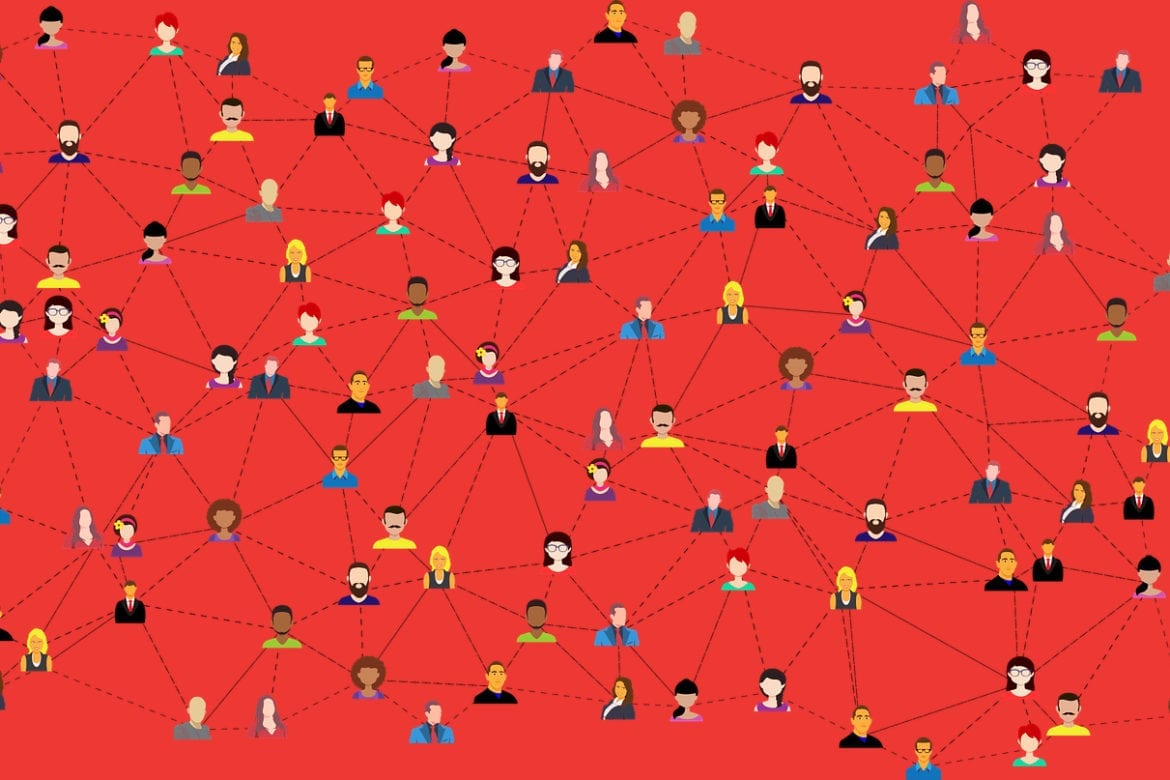|
Getting your Trinity Audio player ready...
|
Is there a time of day when you are more likely to donate to a cause? Or buy a new pair of shoes? You may not know the answers, but if you are active online, there are companies that can often predict your behaviors and choices, with uncanny accuracy.
They do it through the use of customer data platforms that provide them access to information which can help them better understand the behavior of their consumers, such as when they engage with websites, and what content they read.
Customer data platforms
For each digital action we take, there is likely a parallel action tracking it, and this raw data is the currency for a new era of advertising and marketing. At a time when journalism is facing tough challenges, more news media publications are turning to customer data platforms to harness this information.
Headquartered in Portland, Lytics is one of these customer data platforms. Founded in 2014, Lytics created a software—known as Content Affinity Engine— for The Economist, helping to deliver articles to readers that are contextually relevant in that moment.
“The Economist is one of our flagship media customers, and they fit into a larger trend,” said Christopher Hill, Account Executive at Lytics. Going back four or five years, said Hill, The Economist, like the journalism industry as a whole, faced an uncertain future as advertising revenue evaporated.
“The writing was on the wall for a lot of these businesses.”
In 2016, the Economist partnered with Lytics to help them transition from a print-focused to digital strategy, and adopt customer data management strategies to expand their subscription base.
“Nothing short of spectacular”
To increase time-on-site and overall reader engagement, The Economist created content hubs, or individual pages that display digital content based on a reader’s interest for particular news topics.
According to Lytics, using their content affinity engine plus data science, The Economist was able to:
- Display offers based on the reader’s subscription status and predictive engagement score, meaning their likelihood to subscribe, based on other readers with behaviors like theirs
- Offer featured content based not just on topic interest but also using behavioral scoring, giving readers the type of content in the way they want to read it
- Create a campaign for a free “Back to School Megatech” eBook, that produced a 9% click-through-rate and onsite conversations rates which were 5-10x higher for Lytics targeted audiences
“The results of the partnership with Lytics has been nothing short of spectacular,” said Steve Lok, the then Global Head of Martech at The Economist. “They’ve played a key role in The Economist’s ability to quadruple our subscription revenue over the last three years.”
The Economist also saw remarkable improvements in various key metrics:
- Subscriber acquisition: Decreased cost per acquisition by 80%
- Visitor engagement: Grew digital subscriptions by 3x with behavioral scoring and predictive modeling
- Content context: Increased time onsite with articles powered by data science-based user affinities
360° view of the customer
There are an estimated 6,000 marketing tools businesses can employ to understand the behaviors of their users. “There is so much information available,” said Hill, “it’s just too much data for humans to make sense of.”
What Lytics offers is an efficient, effective way to harness an unwieldy amount of customer data. Lytics’ Customer Data Platform (CDP), its flagship product, utilizes machine learning to track and process this ocean of data. But their strategies dive deeper than simply compiling demographics and statistics.
Their “360° view” — a comprehensive customer profile — includes individually tailored advertising and engagement strategies to “create a more meaningful experience for customers.”
This software allows companies to dive deeper into their customer base, and identify individual relationships to a company, brand, or publication, predict when a person is more receptive to certain kinds of advertising or content, and even identify consumer relationships such as “binge” users and “at-risk” users—those who seem likely to stop visiting or subscribing.
“Most personalized and relevant experience possible”
Lytics’ software also provides ongoing, adaptive tracking of consumer interests and behavior so that their CDPs continue to be effective. The end goal is to build “publisher-consumer experiences” that are part of a new strategy, says Hill, of businesses focusing on deepening relationships with their customers.
“It’s about who the reader is, not readership,” said Hill. “Ultimately the goal is the most personalized and relevant experience possible as you engage with that brand.”
New customer engagement methods are changing the way companies understand advertising, especially how to engage users. These new methods are also helping news media publications.
The “new” publishing model
The Economist is one of several large, traditionally print, news publications shifting their business models to digital production that is subscription-based and relies on data management. The New York Times unveiled similar strategies and recently reported earning $24 million in profits as a result of a steep climb in digital subscriptions.
USA Today and ESPN have been reported to utilize psychographics, a marketing method that analyzes individual activities in an effort to identify a person’s mood and then market to it.
According to Hill, the strategies of customer engagement are evolving with the advancement in technology and the capacity of customer data platforms. This new technology is ushering in a new era of accessibility, where marketing is tailored, and companies build their strategies around the specific habits and interests of users.
By Piper McDaniel and WNiP


